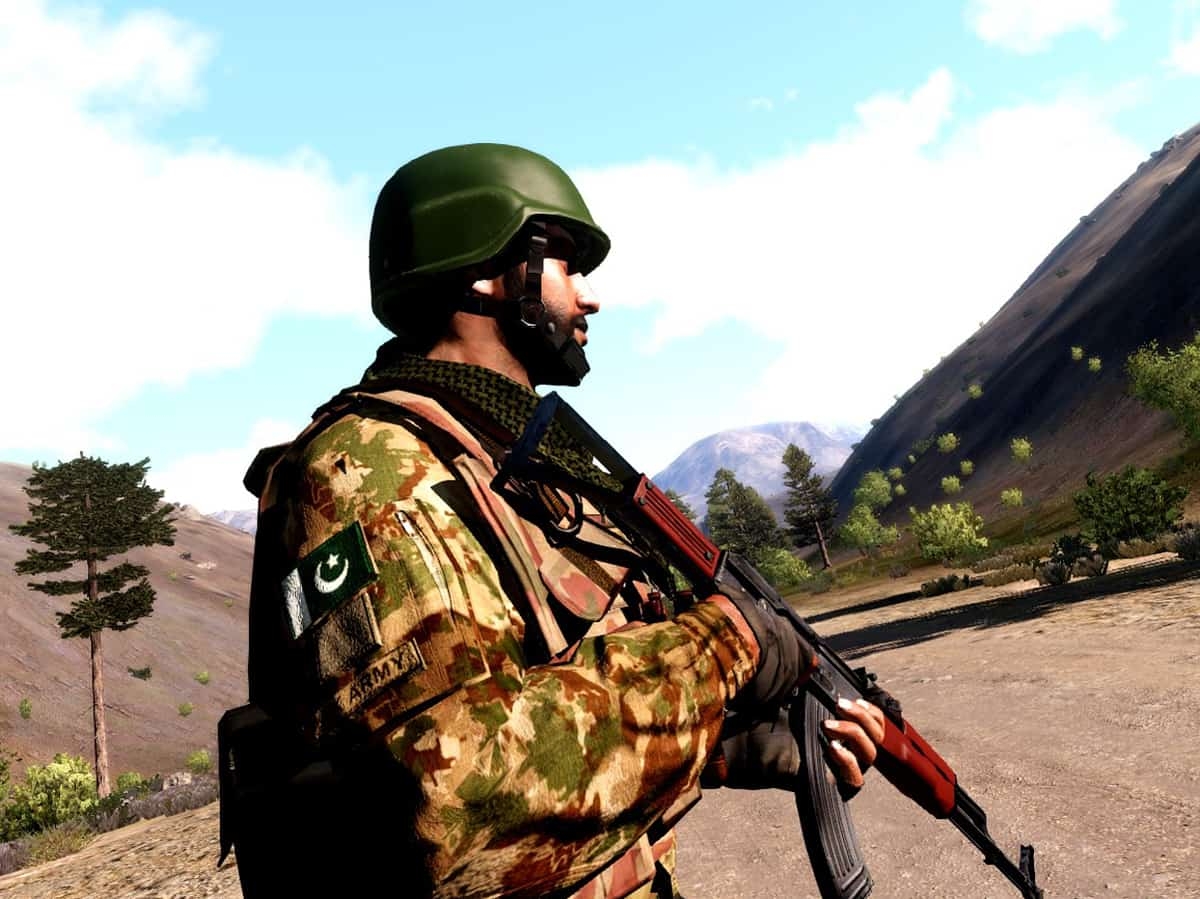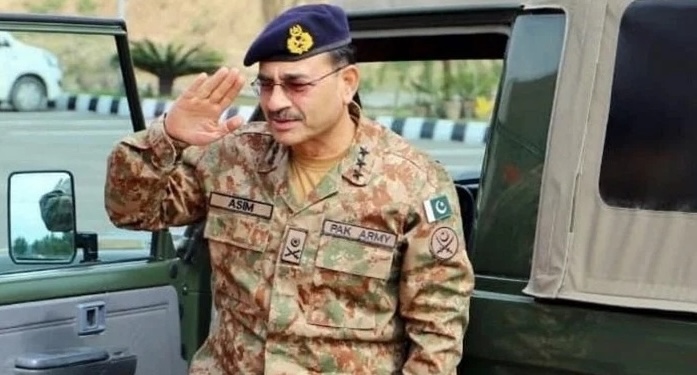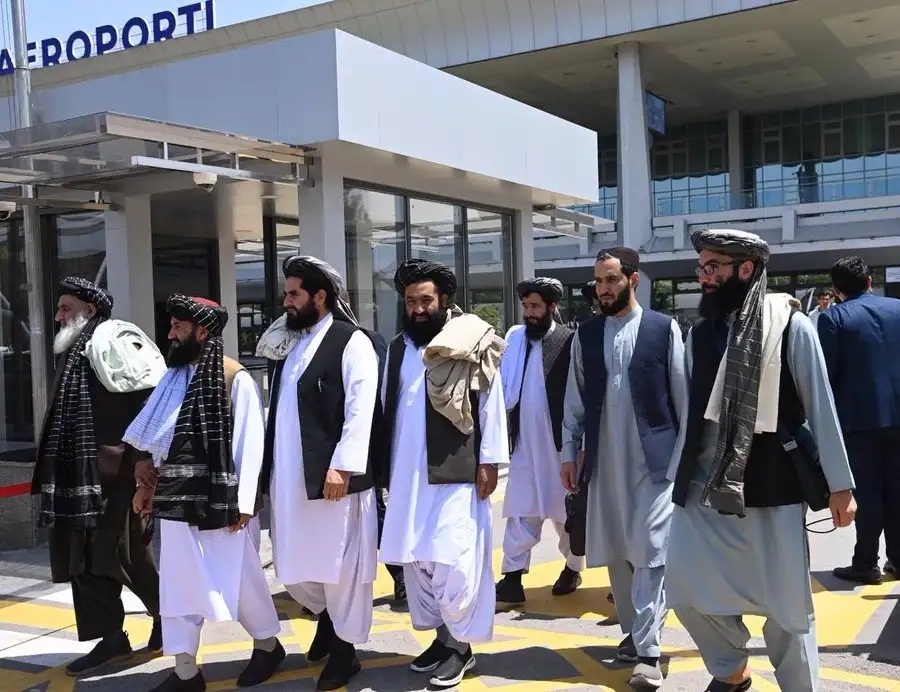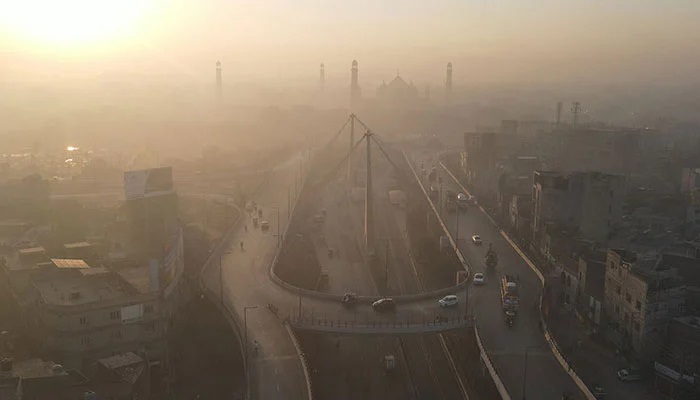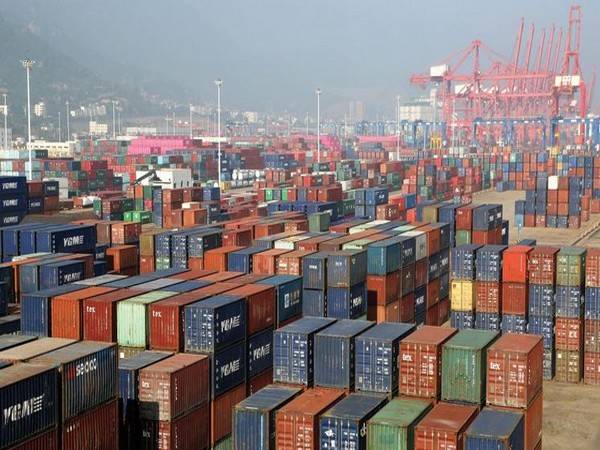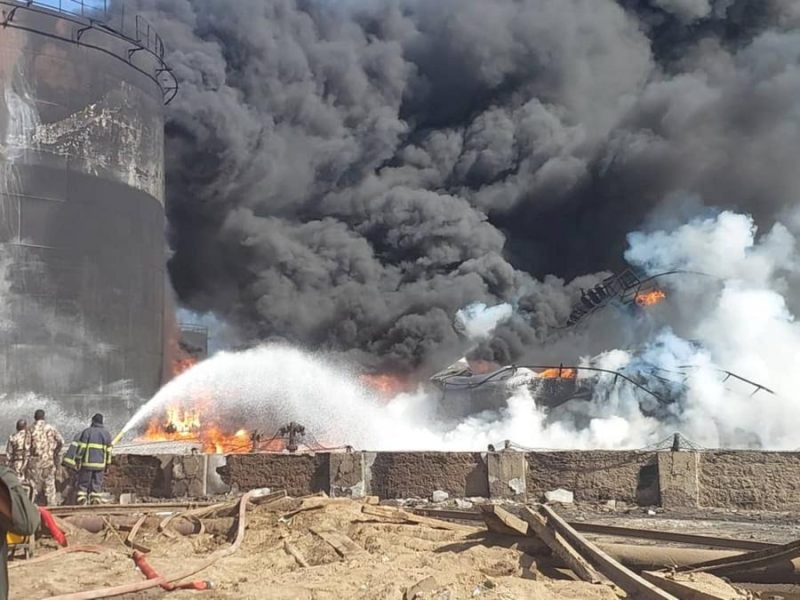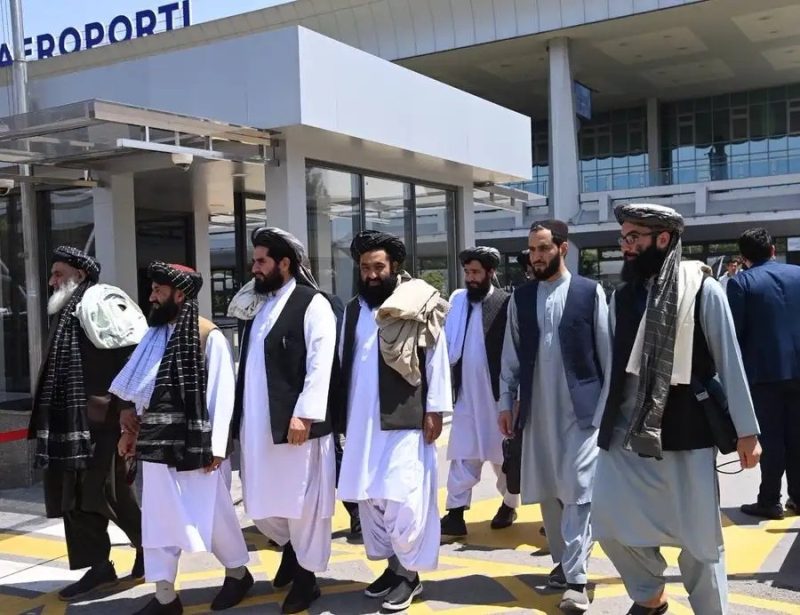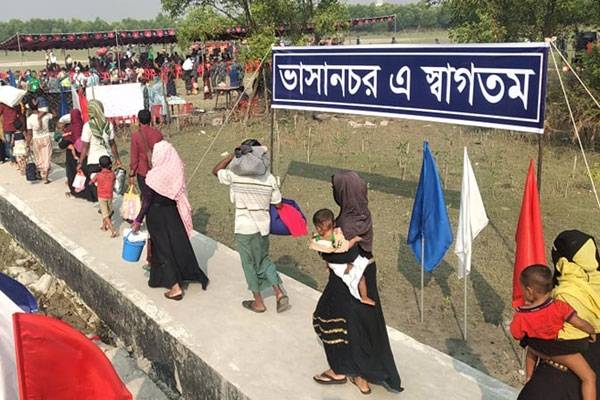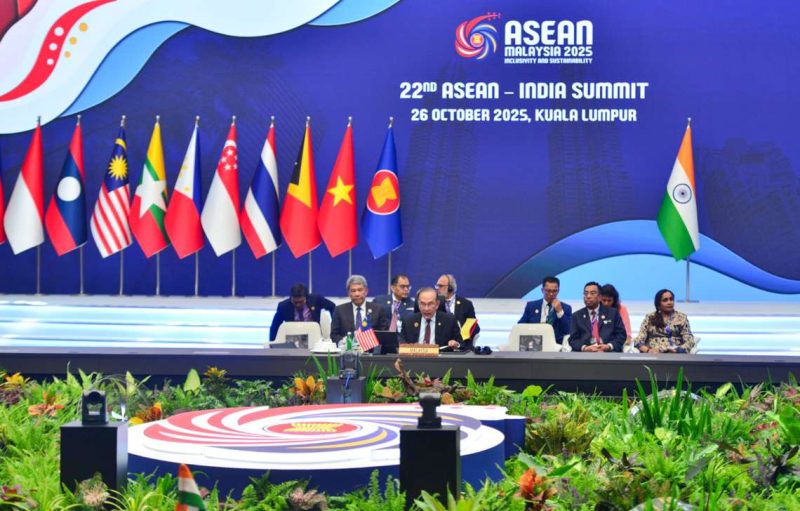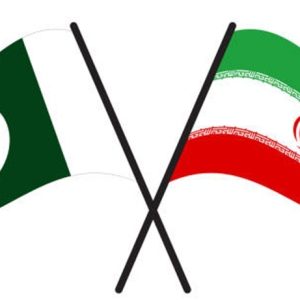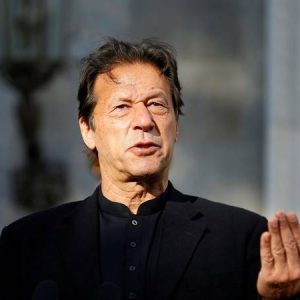So rapidly is the momentum for a free Balochistan and a free Pashtunistan developing that GHQ Rawalpindi is proving itself unable to alter the situation to its advantage, writes Prof. Madhav Das Nalapat

Since the 1960s, GHQ Rawalpindi has been supported enthusiastically by the United States and China. Despite the two having drifted apart since the takeover of the CCP by Xi Jinping in 2012, the two continue to indulge the Pakistan military. While in the past, it was the US that played Santa Claus, not to the people of Pakistan but to the men in khaki.
Around 2011, it became obvious even to its most ardent backers in Washington that the Pakistan Army was sabotaging efforts by US forces to finish off the Taliban. The consequence was that the US, in effect, after a decade of seeking to eliminate the Taliban, began seeking a deal with that collective of armed zealots, a process that it was expected could be carried out with the help of GHQ Rawalpindi.
Despite a few pungent words every now and then directed at the men in khaki, in practice US assistance continued to be directed towards that force in an ultimately futile effort at securing a respectable peace agreement between the NATO-backed Afghan government and the Taliban. In the manner of an arsonist taking along a fire truck without water, each disaster in which it had played a significant role presented an opportunity to showcase GHQ Rawalpindi as necessary to put out the fires of terror strikes and the killing of Afghan and Coalition forces by the Taliban and its associate groups.
The Santa in Beijing continues to shower the army, navy and air force of GHQ Rawalpindi with assistance, following in the footsteps of the US by not bothering about the people of Pakistan. For both Washington and Beijing, only GHQ Rawalpindi counts and not the rest of the population, least of all the civilian leadership of the country.
In the US calculus, the Pakistan Army offered a pathway to an exit from Afghanistan in a manner different from the abandoning of South Vietnam in 1975. For China, that military is a useful instrument to keep India focused on its western border, thereby having to pay less attention to the much greater threat that the country is facing across the Himalayan massif from a PLA that had been given the same freedom under Xi that it had enjoyed under Mao during the early years of the Great Proletarian Cultural Revolution in the 1960s.
Much effort was lavished within the higher ranks of the Pakistan military on ensuring an accommodative and bountiful attitude from the US and China. From the start, given his fascination with soldiery, Xi in particular has poured money into Pakistan, including by coming up with a project that had no chance of success from inception, the China Pakistan Economic Corridor (CPEC). It was the initiation of the CPEC that convinced many analysts in India that it was a futile quest to chase after a collaborative relationship with China, at least so long as Xi was in charge of the CCP.

Meanwhile, the Pakistan Army had what it thought was a stroke of luck, when a US politician, who had been a stout backer of the men in khaki throughout his three decades as a Senator took over in 2021 as President of the US. Joe Biden did not disappoint such hopes. His White House reopened channels that had been shut under Donald Trump. Once Biden became the principal architect of the NATO proxy war against Russia by early 2022, the White House saw a cosying up to GHQ Rawalpindi as enabling the US to withdraw from Afghanistan through the deal brokered by Trump between the US and the Taliban at Doha the previous year.
Despite his tough guy exterior, Trump is a pacifist at heart who abhors war, and he was prepared to cut and run from Afghanistan in the same way as he had earlier abandoned the Kurds to the non-existent mercies of R.T. Erdogan. Fortunately for him, it was Biden and not himself that actually carried out that surrender, ostensibly to focus on China, but in reality to concentrate on kneecapping not China but Russia. In a pattern that ought to have become familiar since the 1990s, the 15 August 2021 handover by the US of Afghanistan to the Taliban saw GHQ take the bounty offered but failing to deliver the outcomes expected.
Those in the White House, State and NSA, who had been credulous enough to trust Pakistan to keep their interests in mind during any negotiation with the Taliban, saw the inevitable take place. That collection of militias systematically hunted down and killed or imprisoned NATO-leaning Afghans after the 2021 takeover, assurances of their safety notwithstanding. The Taliban had indeed changed since they had been turfed out of power by US and Afghan forces in 2001, but for the worse.
The men in khaki in GHQ Rawalpindi were delighted at the mountains of equipment and buildings left behind in Afghanistan by the withdrawing US forces. They seemed uncaring that the Taliban was split up into six groups, with three outside the control of either the PLA or the Pakistan Army. This Free Taliban component comprised the younger fighters, with the group owing allegiance to the PLA and the two others swearing (in private) fealty to GHQ Rawalpindi comprising almost entirely of old or middle aged fighters, many of whom had spent much of the war with NATO in Dubai, Doha or in Peshawar.
Within a few months of takeover of power, the Free Taliban treated what may be termed the Bound Taliban with contempt. While the latter may have remained in the high-level jobs that they placed themselves in after the 2021 handover to the Taliban, by October 2021, the other three factions began to ignore their commands, and by November had begun the process of replacing field commanders with their own men.
Given the nature of the Pashtuns, in whom pride is an attribute worth giving up one’s life for, it was unrealistic to expect that the Potohar-infused Pakistan Army would be able to win over the younger Pashtuns in the Taliban. They had seen the way in which their seniors genuflected to the men in khaki from across what they considered an illegitimate Durand Line, and wanted no part in such helotry. After October 2021 itself it was proving difficult for GHQ Rawalpindi to purloin the weapons left behind by NATO forces, except those that were beyond the capability of the Taliban to use.
By November 2021, it became impossible for Pakistan to secure weapons useful to the Taliban, such as guns and ammunition. In the hearts of the Free Taliban, the objective was never absent of a Greater Afghanistan that would include the Pashtun areas now ruled from Rawalpindi. Which is why about a third of the cadres of the Tehrik-e-Taliban Pakistan (TTP) are from across the Durand Line rather than from Khyber Pakhtunkhwa.
In 1947, it would have been possible for India to secure the assistance of the Baloch and the Pashtuns and ensure that both these provinces became independent of Rawalpindi. Such a thought was anathema to the saintly leadership of the Above Ground Freedom Movement of the 1930s and much of the 1940s (until Independence came in 1947). Since November 2021, turbocharged by access to poppy fields and US weapons left behind, young Baloch and Pashtuns are seeking to rectify a situation created by the refusal of India to assist even such Congress Party stalwarts as Khan Abdul Ghaffar Khan in their efforts to keep the Pashtuns free of overlordship by those from another province of Pakistan.

So rapidly is the momentum for a free Balochistan and a free Pashtunistan developing that GHQ Rawalpindi is proving itself unable to alter the situation to its advantage in the manner that it had succeeded in doing earlier. As a consequence, it is losing its value to the US as a bridle giving direction to the Taliban, and to Xi’s China even as a means of keeping India focused not on the north but the west.
Z.A. Bhutto and later Nawaz Sharif sought in their heyday to bring the Pakistan Army under civilian control. Bhutto paid with his life, while Sharif was forced into exile. Now the men in khaki are again being challenged by an individual whom they had long regarded as a useful puppet, Imran Khan. The deposed politician has overtaken his predecessors in the virulence of his sallies against the military. The consequence has been not more but less popularity.
The worry in GHQ Rawalpindi is that any effort to either murder or lock up Imran would lead to an uncontrollable explosion of popular anger, including within several of the younger elements in the military. The two blades of the scissor, Baloch and Pashtun resistance to the military occupation, and next, the growing popularity of Imran Khan, are coming closer together. This is threatening the hold of the army over the governance of Pakistan.
The good news for the generals is that neither Washington nor Beijing as yet has read the tea leaves except in the way GHQ Rawalpindi wants them to. Such blissful ignorance on the part of the two feuding superpowers about the diminishing degree of effectiveness of the men in khaki is likely to have Sino-US confidence in GHQ Raswalpindi put to a severe test in 2023, the year when India under Prime Minister Narendra Modi heads both the SCO as well as the G-20.


